 Abraham Lincoln
If given the truth, the people can be depended upon to meet any national crisis...
Abraham Lincoln
If given the truth, the people can be depended upon to meet any national crisis...
 Guildford news...
for Guildford people, brought to you by Guildford reporters - Guildford's own news service
Guildford news...
for Guildford people, brought to you by Guildford reporters - Guildford's own news service
Birdwatcher’s Diary No.295
Published on: 2 Jan, 2024
Updated on: 1 Jan, 2024
By Malcolm Fincham
Mostly overcast skies and mild conditions remained with us as we passed through the Winter Solstice around the southern counties of the UK.
A few days of settled weather and the optimism that daylight hours would soon be increasing continued to inspire me to get out and about locally with my camera during the remaining weeks of 2023
At Tice’s Meadow near Farnham two black-necked grebes continued to be viewed, out on the ‘workings’. Although too distant to photo on the days I visited during the last weeks of the month.
At least one green sandpiper could still often be viewed from the waterside hide.
While common snipe could sometimes still be picked out in spite of their cryptic camouflage.
On a few occasions as many as 120 lapwings could now be counted, when spooked into the air by a passing bird of prey.
Although my dismal attempts to capture some colour in my photos as overcast weather conditions continued, I was at least able to get a few record shots of some of my sightings.
At the Riverside Nature Reserve, near Burpham, a few teal continued to be seen wintering close to the boardwalk.
While on the ‘scrape’ near Stoke Lock a couple of pairs of shoveler ducks could be viewed.
Across the river on the flooded area by Burpham Court Farm, a shelduck could be seen wintering.
On Whitmoor Common a firecrest and a goldcrest could be viewed, appearing to be contending their territories in a large expanse of holly bushes.
While redwings continued to be seen and heard making their ‘seeping’ sounds about the local countryside. A few visits to St Mary’s Church at Perry Hill, Worplesdon, on the days leading up to Christmas allowed me to capture a few photos of these small wintering thrushes, in and around the churchyard.
At Britten’s Pond, the mild spell of weather continued to encourage local friendly anglers to partake in their fishing, while I observed what might be seen in regards of wildlife.
The lesser black-backed gull seen on numerous recent visits continued to make the pond its winter home.
While two little grebes (dabchicks) continued to be seen.
As were groups of long-tailed tits who continued to circuit trees about the pond.
While also managing a few photos of one of two nuthatches among the trees.
Another sighting of the resident kingfisher was, as always, a delight to see.
Having enjoyed the festive delights of Christmas Day, by the time Boxing Day had arrived I was once again ‘kicking my heels’ for the opportunity of an escape back out in to the countryside for a few hours.
Conveniently, and much hoped for in the writing of my previous report, was a belated Christmas gift I had spent 10 years awaiting.
News had come through of a small group of waxwings that had been sighted in East Horsley.
A decade ago I featured waxwings in my reports for the Dragon: https://guildford-dragon.com/birdwatchers-diary-no-30/
As I did back then, I have desired to see them again nearer to home. The seduction of remembering the ‘trilling’ sounds they make still haunts me.
Perhaps I was just ‘waxwing lyrical’ after such a long absence of viewing them? But there was just something about their confiding nature and delightful plumage that one just has to appreciate.
Arriving here to winter from their breeding grounds in the most northerly parts of Scandinavia and Russia seems to quail waxwings’ concerns about us humans.
Added to that, having irrupted such great distances from their homelands and having to compete with our regular wintering thrushes made them less choosy as where to feed.
Once again, back in the company of Bob and Dougal, we decided to investigate the waxwings in East Horsley.
On our arrival in Kingston Avenue, close to the village’s medical centre, we found the lone sorbus tree. Although full of orange berries there were no waxwings to be seen. But it wasn’t long before they were sighted.
Eight in all, perched high up in some of the taller surrounding trees. To my surprise they were fly-catching. An observation I had never noted before about these birds, having not seen these beauties during such mild conditions.
They still had a keen eye on the berries and then edged their way nearer, seduced by the fruits on display.
In some of the other ivy-clad trees much movement could be seen as both wood pigeons and a redwing plucked the hanging ivy berries.
However, two blackbirds were first on the scene plucking their share of the spoils on the sorbs tree.
While a song thrush soon appeared and joined in, having previously been seen feeding on ivy berries.
Eventually the waxwings could resist no longer. At one stage all eight had descended to ‘fill their boots’ before ascending, once again to the trees above.
While even a usually timid redwing briefly joined in the feast.
Returning to East Horsley on December 29, I found the waxwings had now reduced their number to just six and had relocated from the red sorbus berries to a group of closely related mountain ash trees in the nearby cul-de-sac area of Kingston Avenue.
Although not seen fly-catching this time, probably due to the breezy conditions, similar usual habits prevailed.
Having spent a while preening high up in the surrounding trees, they would swoop down to gouge the berries, allowing decent views to the gathering observers.
A small cavitate to their feasting on this occasion was a mistle thrush, which clearly had a great destain at the thought of the waxwings taking their share of his winter stock, often mobbing them as they fed.
An interesting sight while there was an overwintering male blackcap that could be picked out, also feeding on the berries.
Having not visited East or West Horsley on a regular basis, nor at that time of day, it was of noted surprise the amount of ring-necked parakeets that now reside in the area. I counted three flocks heading northward to roost soon after 3pm, amounting to more than 100 birds.
Spending so much time in the East Horsley area during the penultimate days of the year, we only just found time to visit Dick Fock’s Common, with a walk around the Lovelace Estate at Effingham Forest.
Allowing us to add to our sightings a marsh tit.
As many as four hawfinches.
A few mixed flocks of siskins.
Including 20 or so lesser redpolls.
And a brambling.
Once again concluding another productive year of adventures, I continue learning. Although once again I exceeded my aim of seeing and photographing more than 40 species of butterflies and around 200 species of birds, most importantly, I hope I have kept my readers informed and entertained along the way.
Recent Articles
- Guildford Institute’s Crowdfunding Project for Accessible Toilet in its New Community and Wellbeing Centre
- Letter: Guildford – Another Opportunity Missed?
- Letter: GBC’s Corporate Strategy – Where Is the Ambition?
- My Memories of John Mayall at a Ground-breaking Gig in Guildford Nearly Six Decades Ago
- Westborough HMO Plans ‘Losing the Heart of the Street’ Says Resident
- College Invests to Boost Surrey’s Economy and Close Digital Skills Gap
- Community Lottery Brings Big Wins for Local Charities
- GBC Housing Plan Promises ‘A Vibrant Urban Neighbourhood’ Near Town Centre
- Hospital Pillows ‘Shortage’ at the Royal Surrey
- Updated: Caravans Set Up Camp at Ash Manor School


Search in Site
Media Gallery
Dragon Interview: Local Artist Leaves Her Mark At One of England’s Most Historic Buildings
January 21, 2023 / No Comment / Read MoreDragon Interview: Lib Dem Planning Chair: ‘Current Policy Doesn’t Work for Local People’
January 19, 2023 / No Comment / Read MoreA3 Tunnel in Guildford ‘Necessary’ for New Homes, Says Guildford’s MP
January 10, 2023 / No Comment / Read More‘Madness’ for London Road Scheme to Go Ahead Against ‘Huge Opposition’, Says SCC Leader
January 6, 2023 / No Comment / Read MoreCouncillor’s Son Starts Campaign for More Consultation on North Street Plan
December 30, 2022 / No Comment / Read MoreCounty Council Climbs Down Over London Road Works – Further ‘Engagement’ Period Announced
December 14, 2022 / No Comment / Read MoreDragon Interview: GBC Reaction to the Government’s Expected Decision to Relax Housing Targets
December 7, 2022 / No Comment / Read MoreHow Can Our Town Centre Businesses Recover? Watch the Shop Front Debate
May 18, 2020 / No Comment / Read More



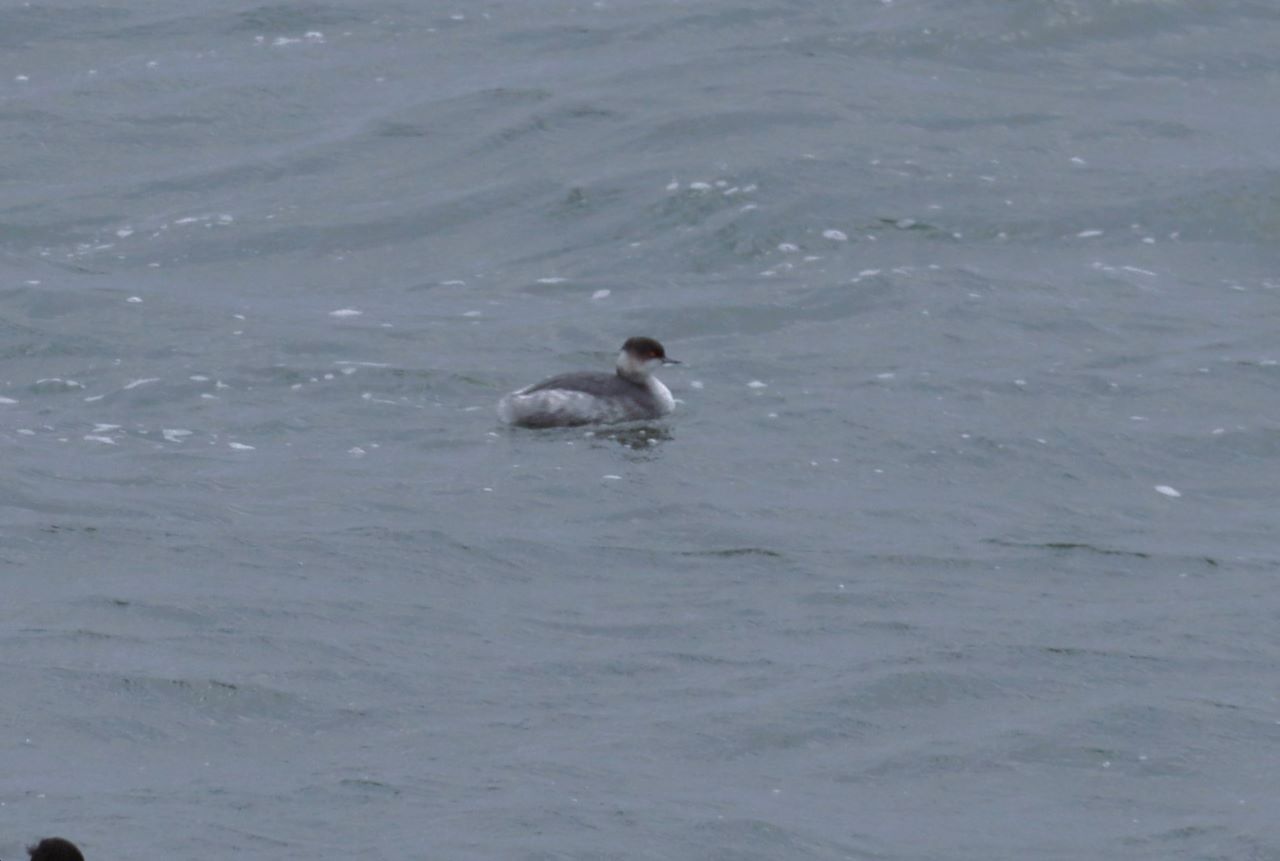

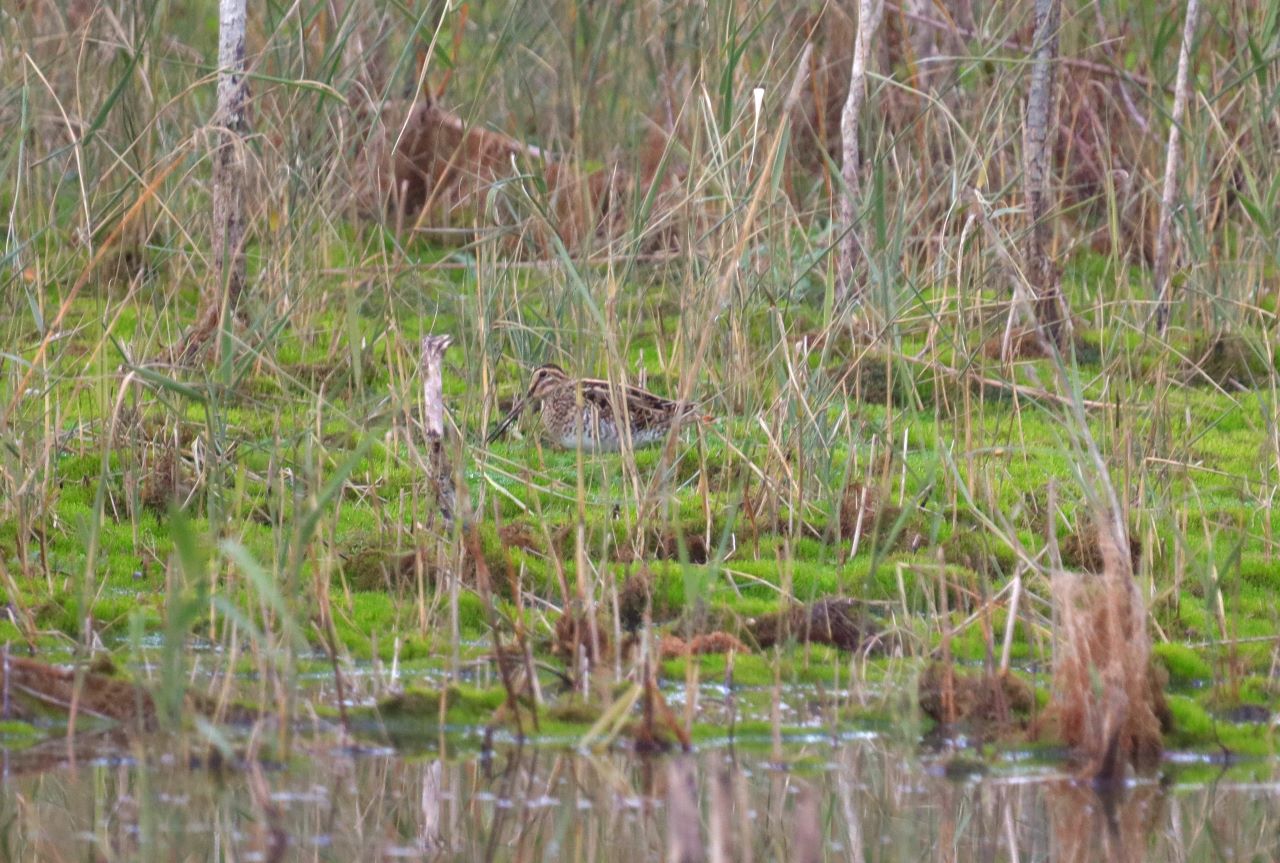
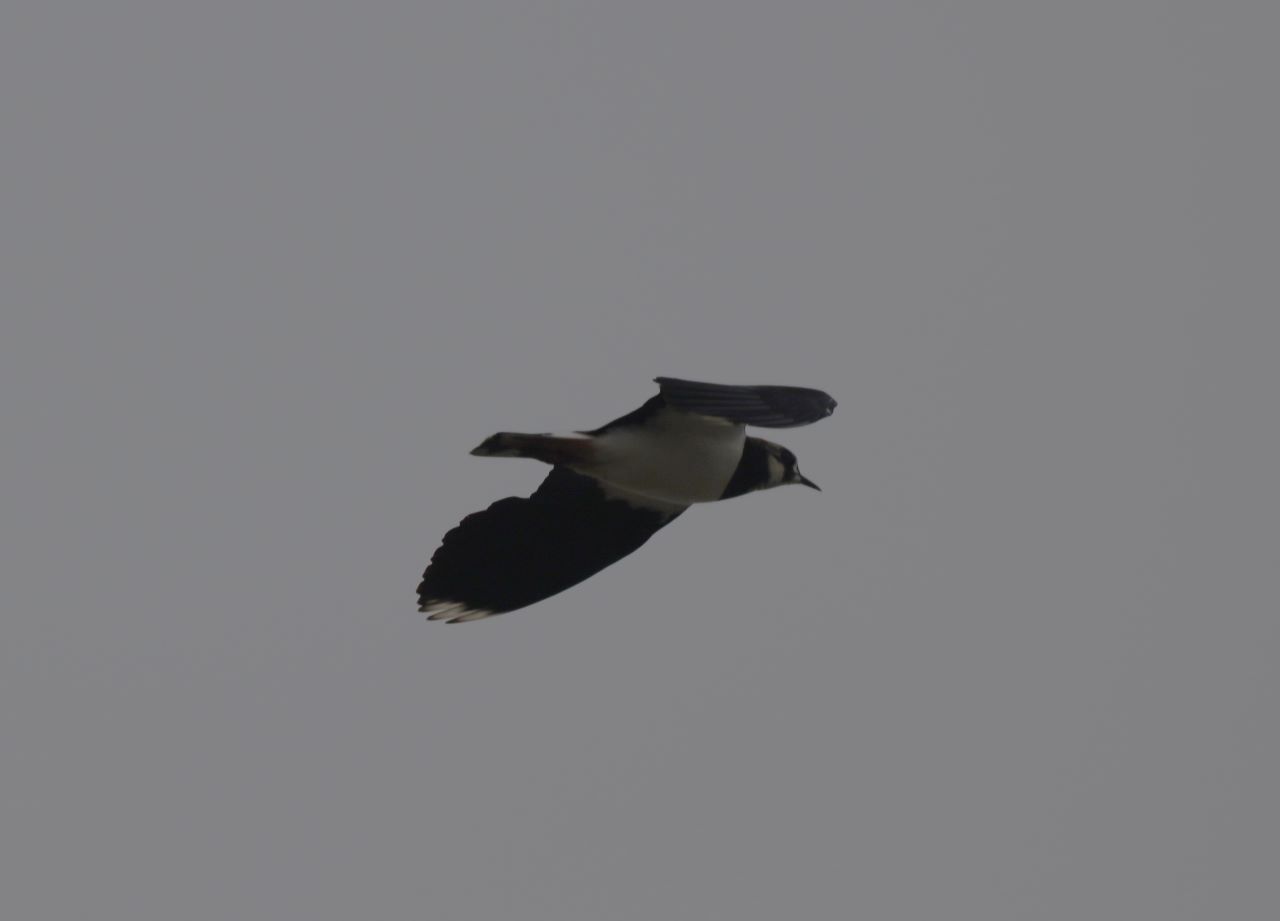
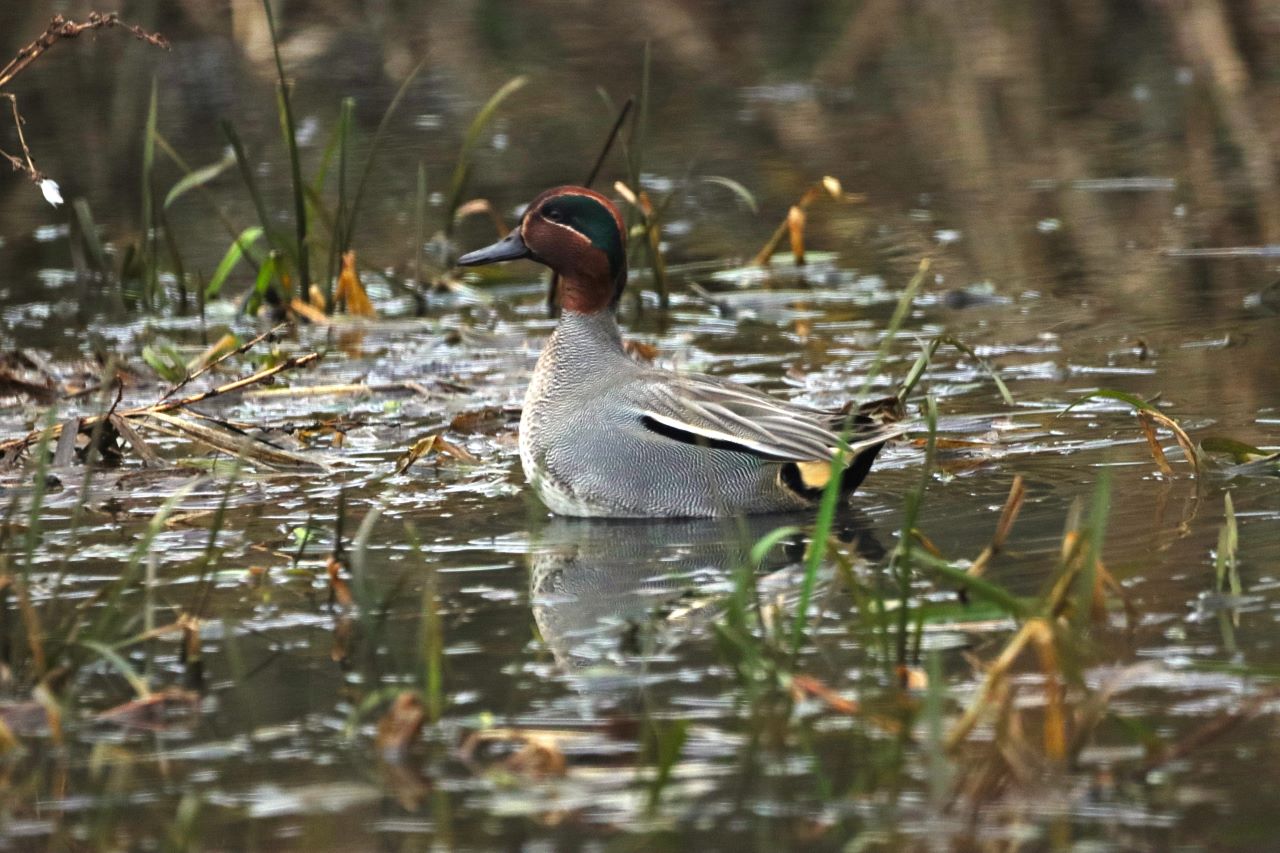
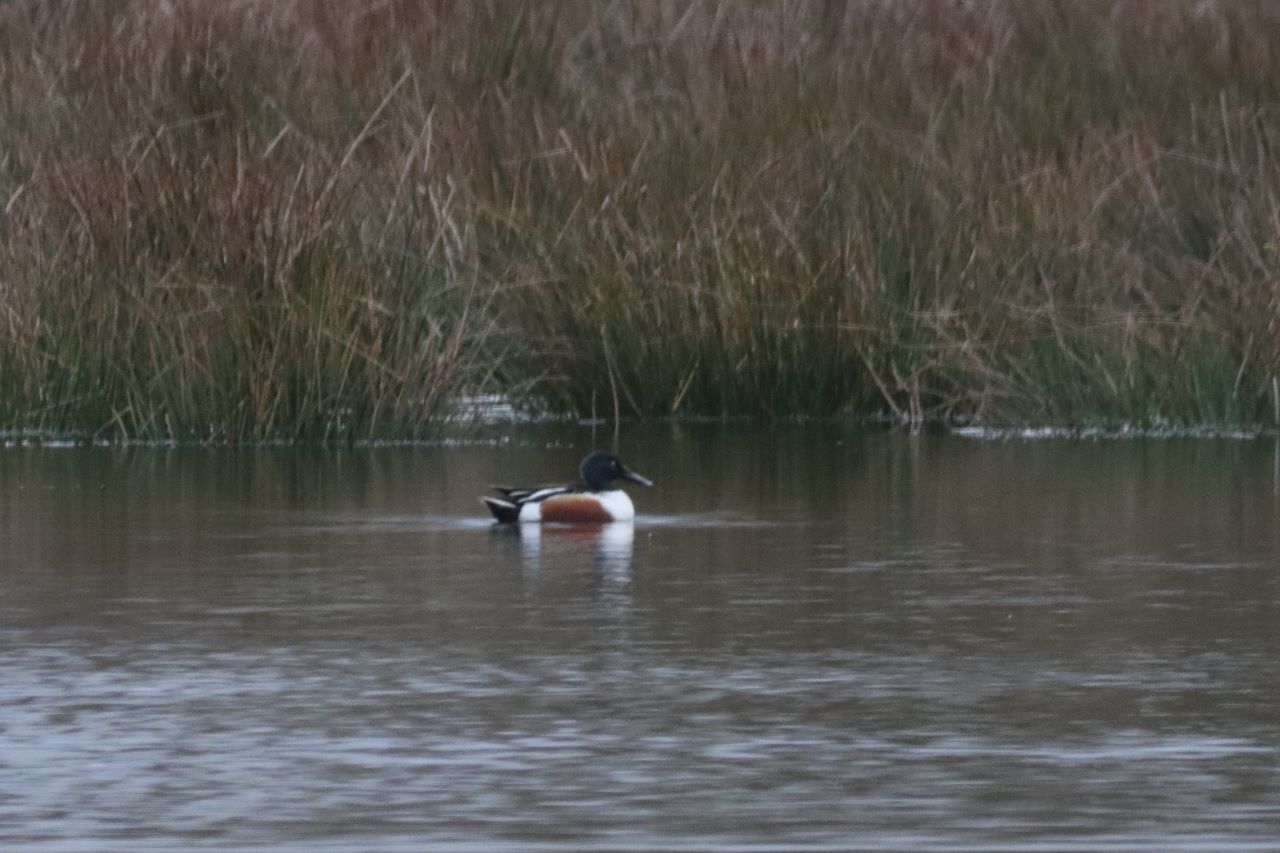
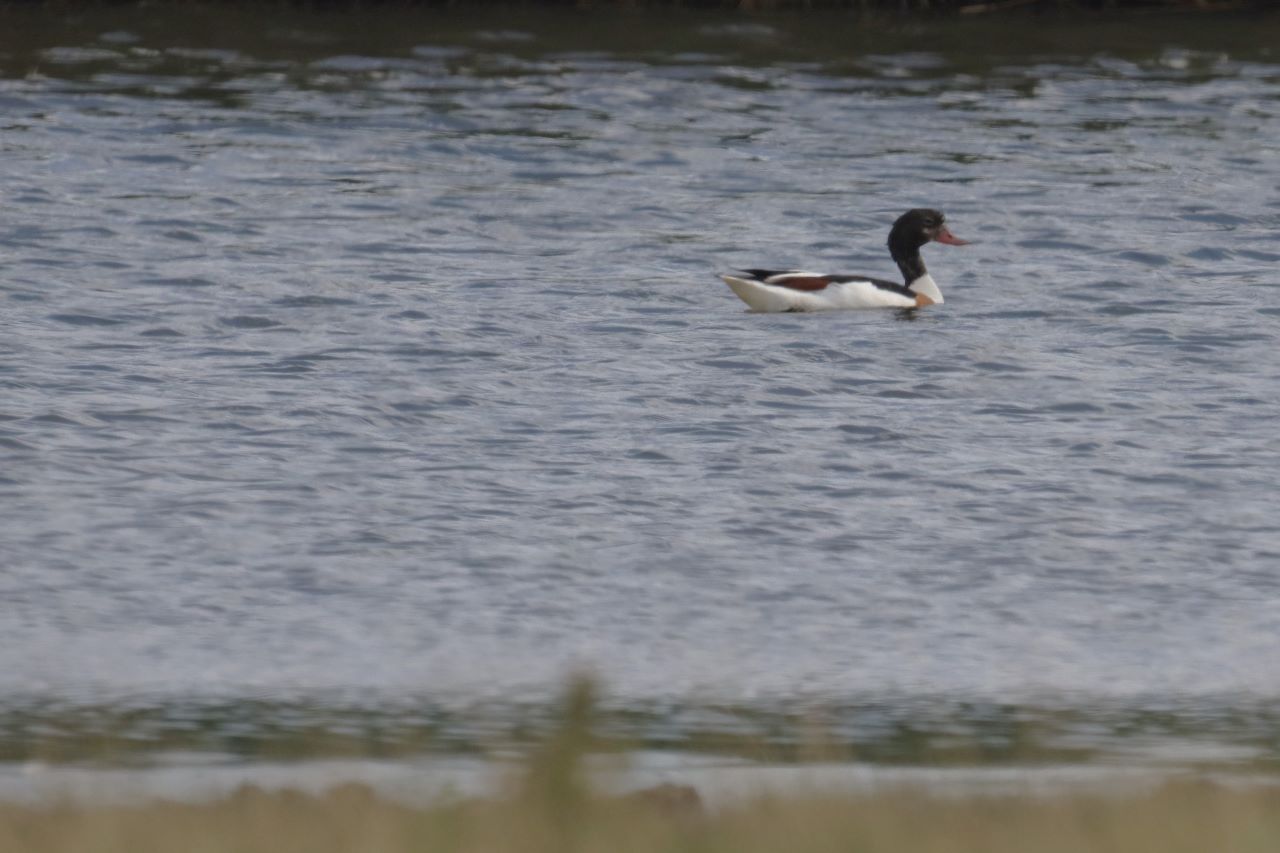

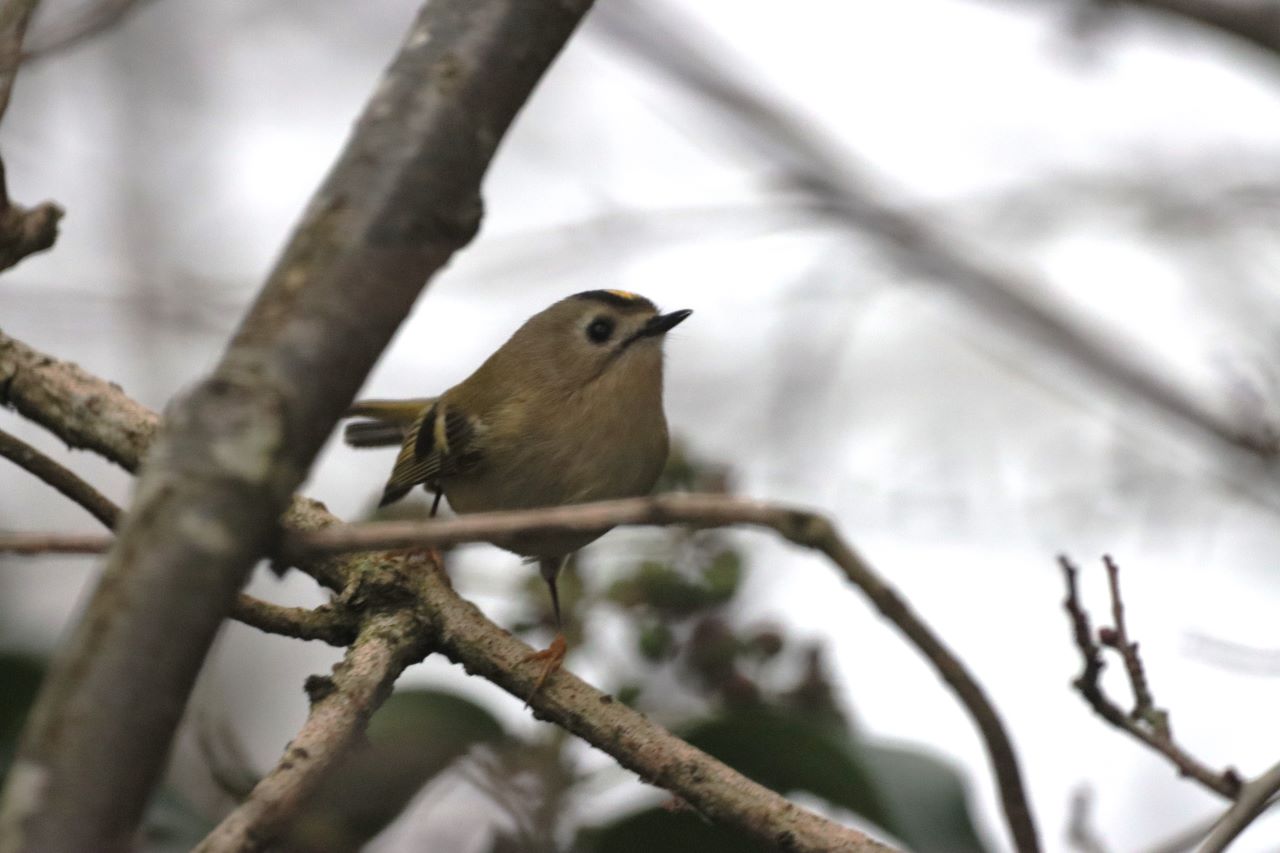

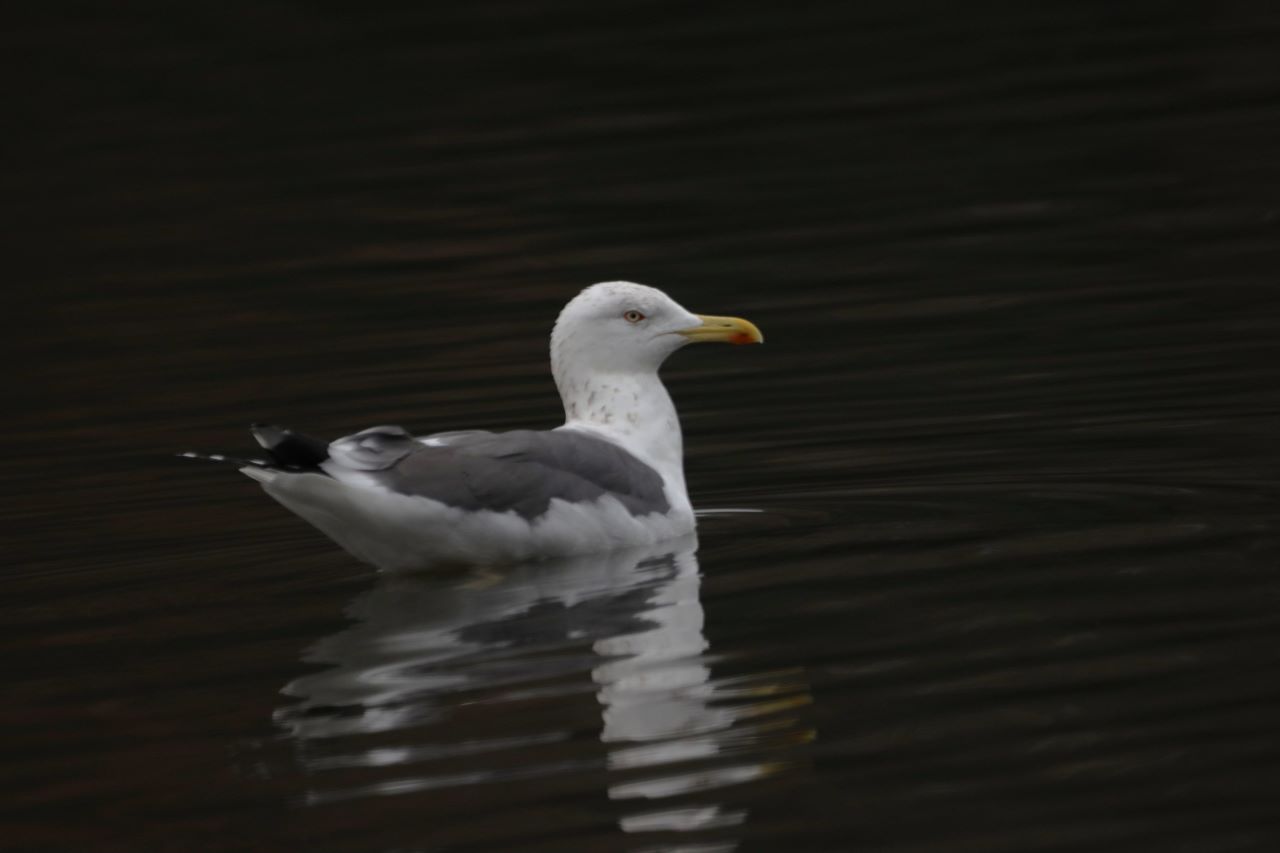

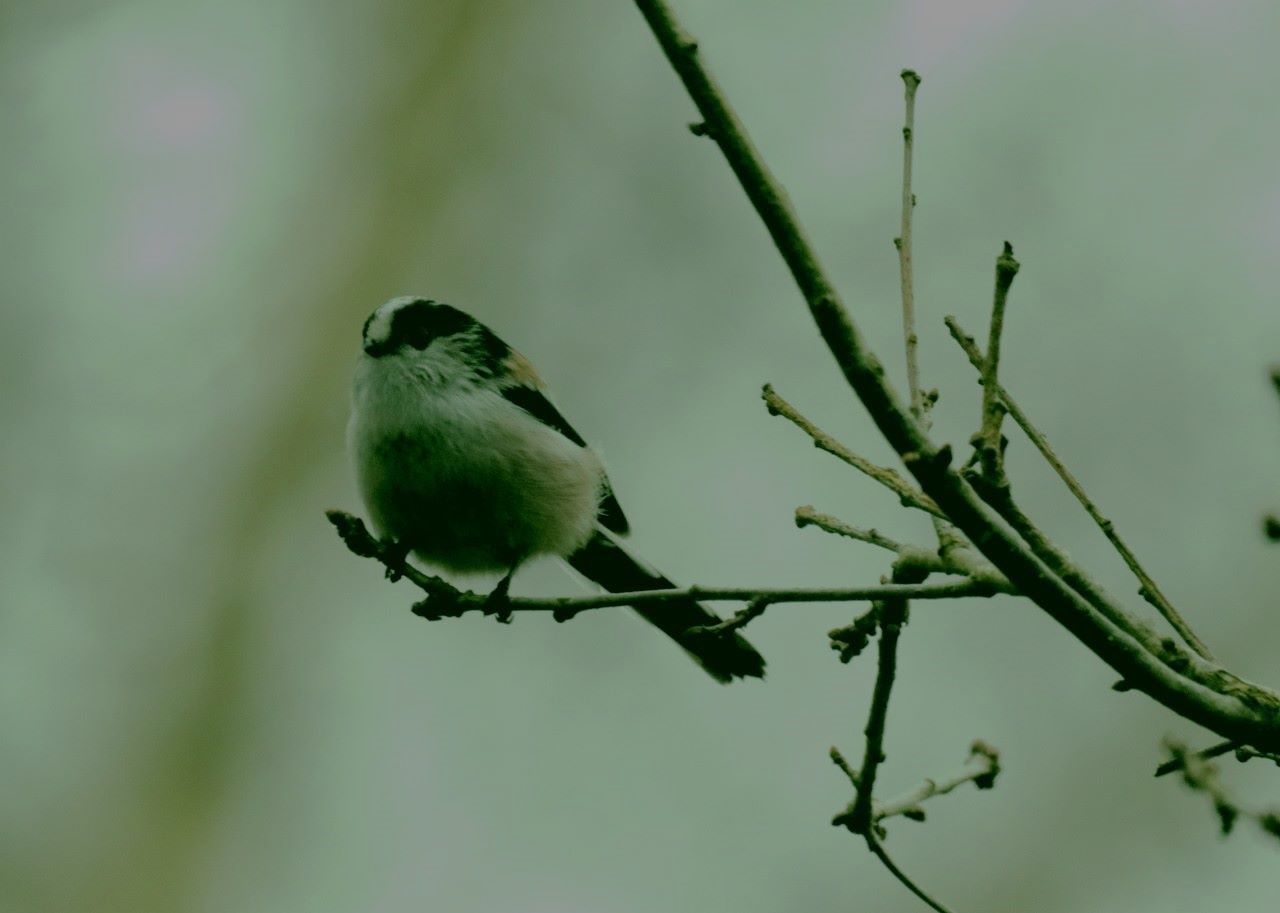
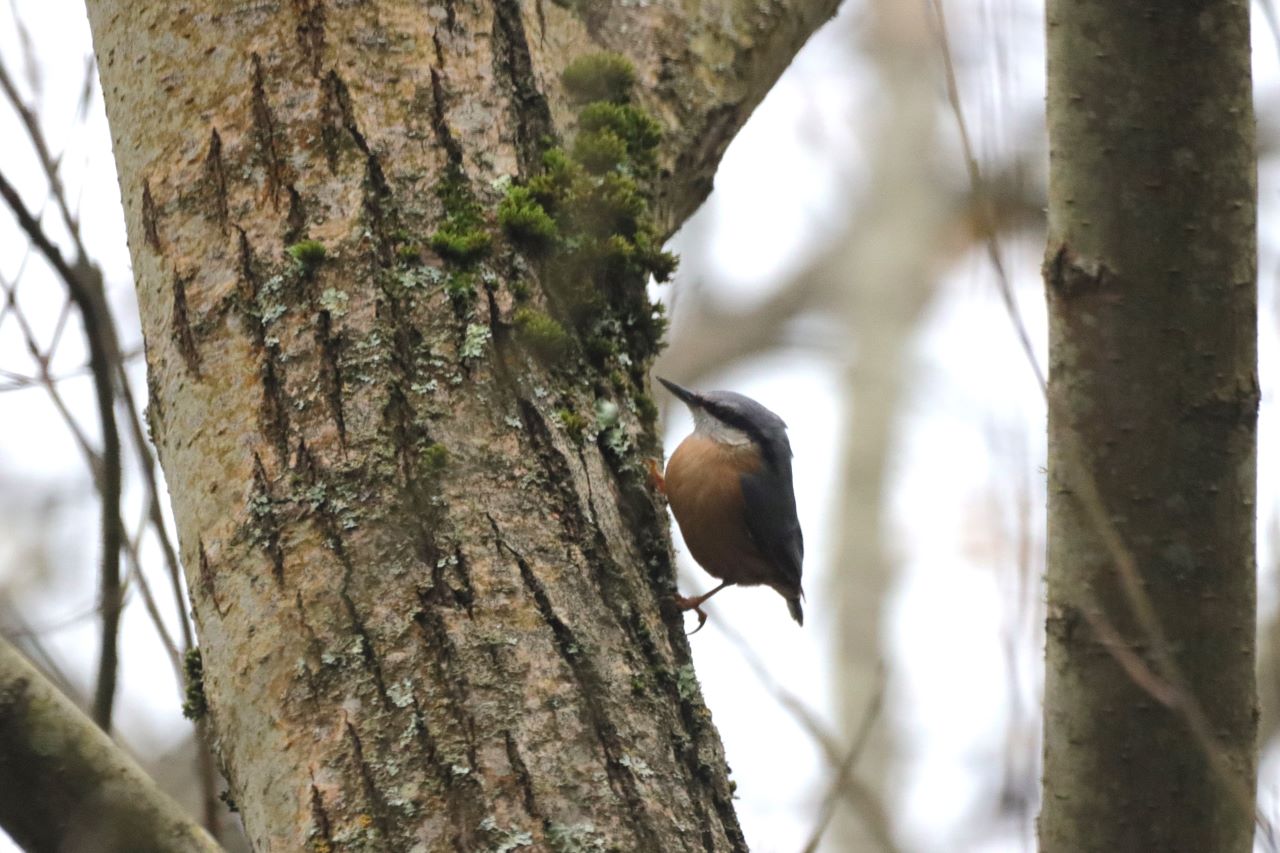
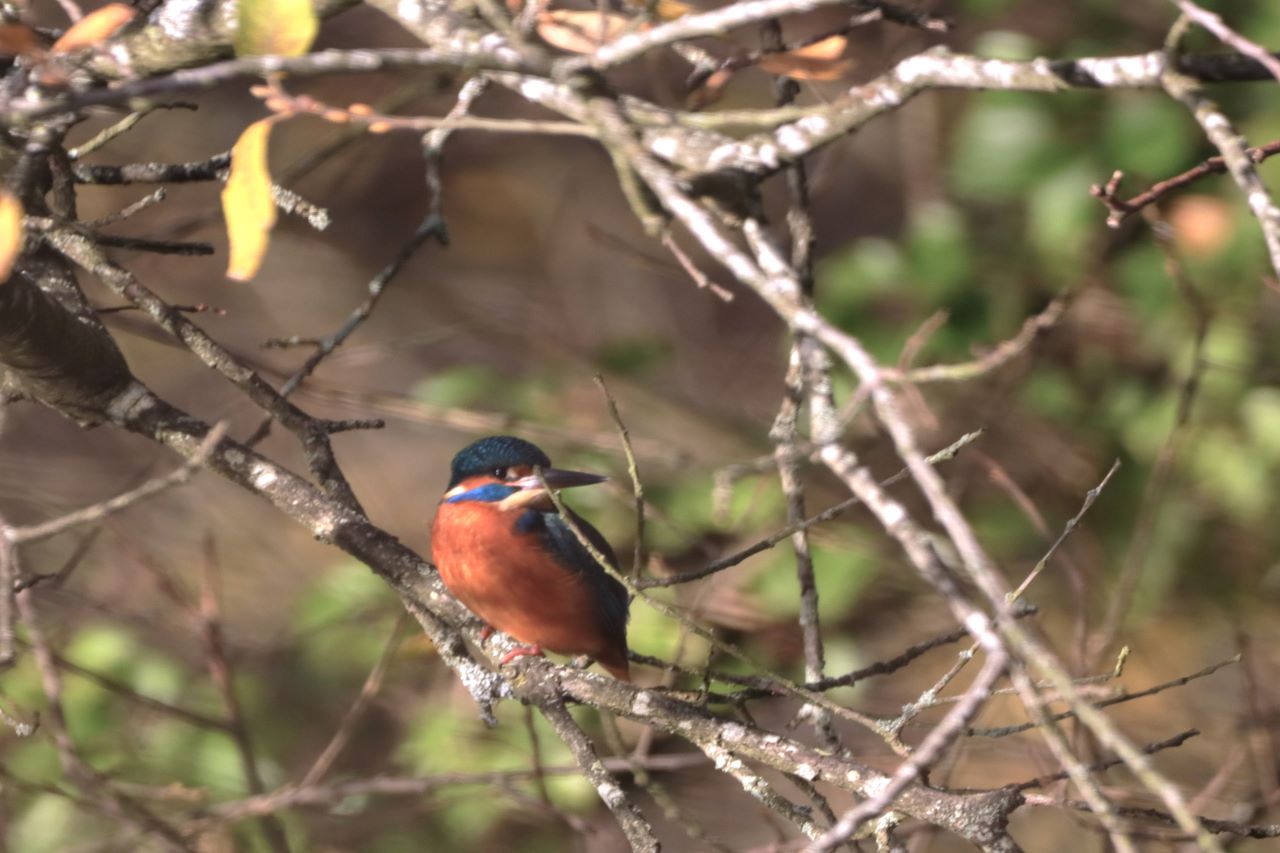


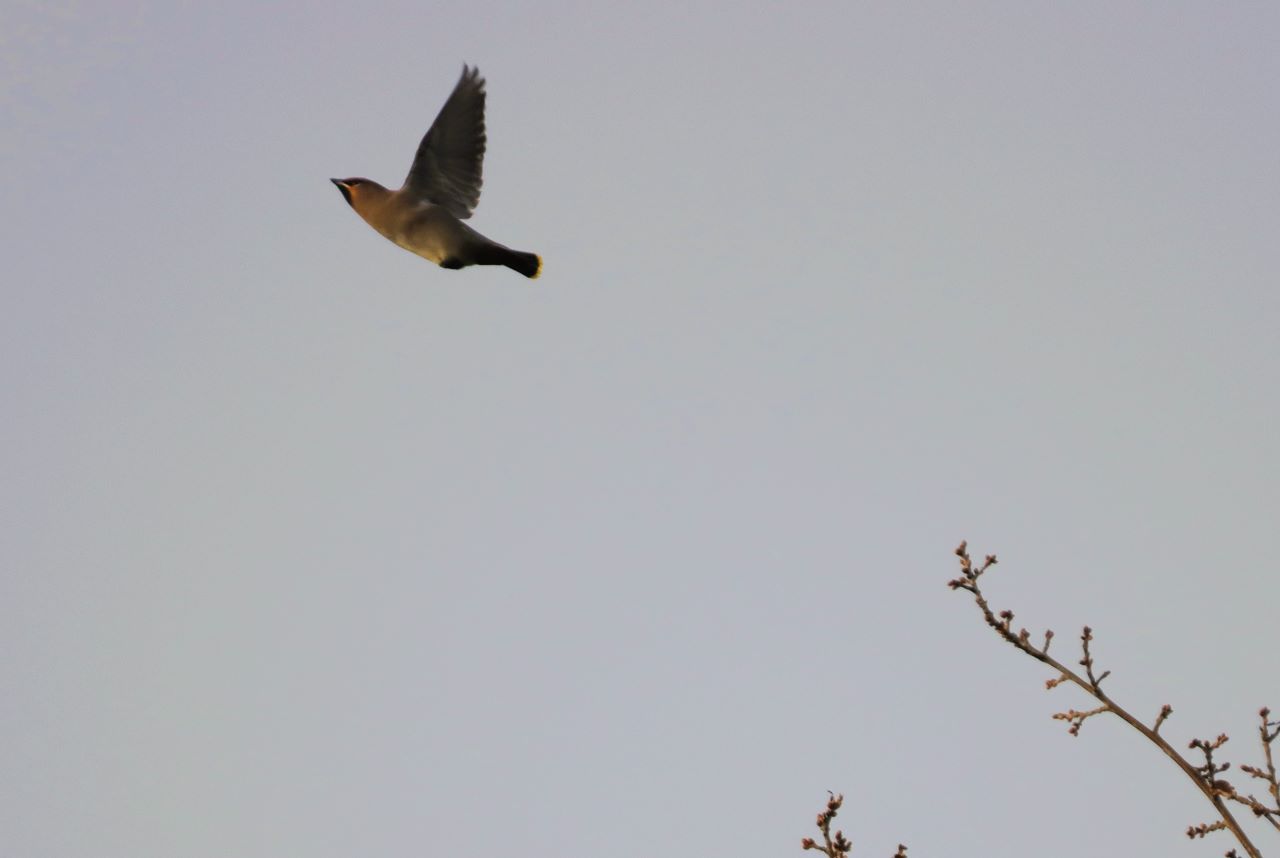
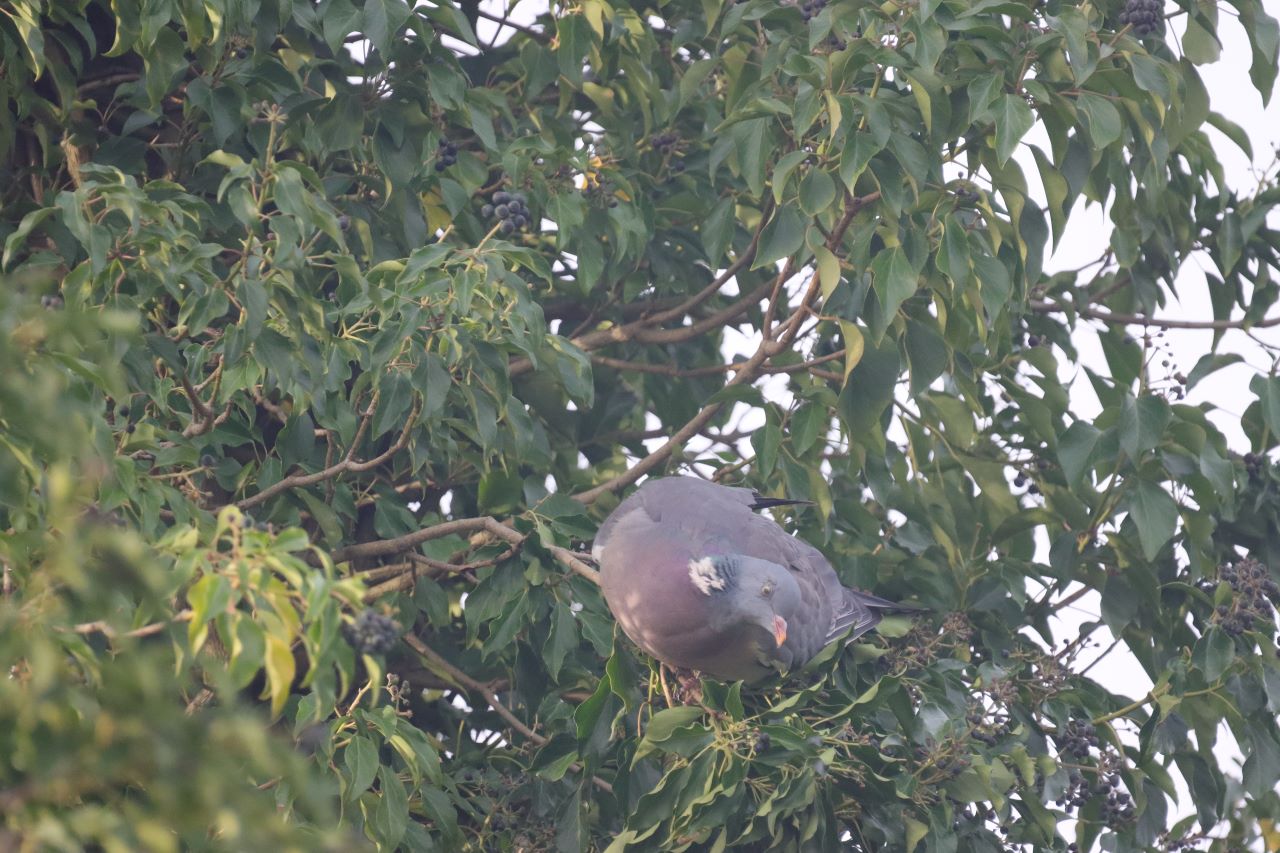
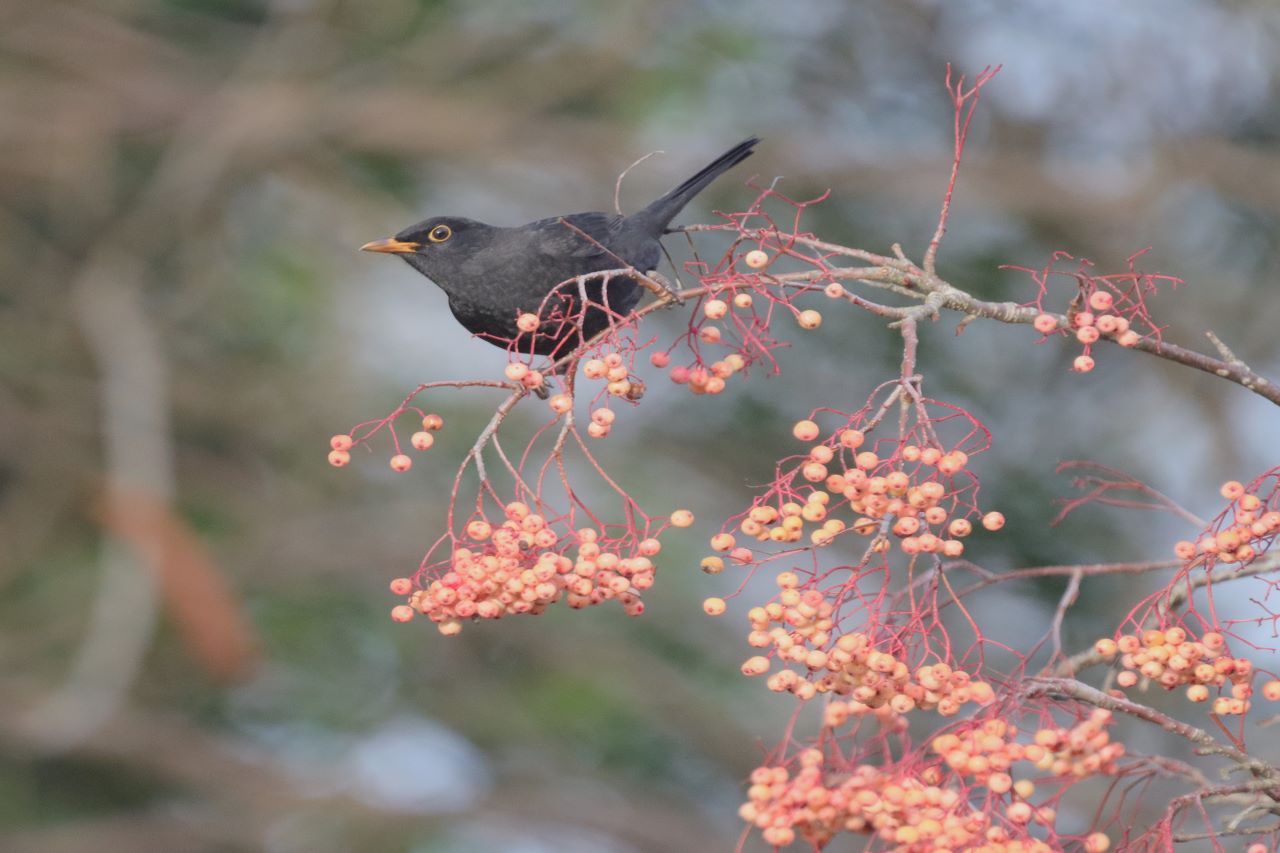
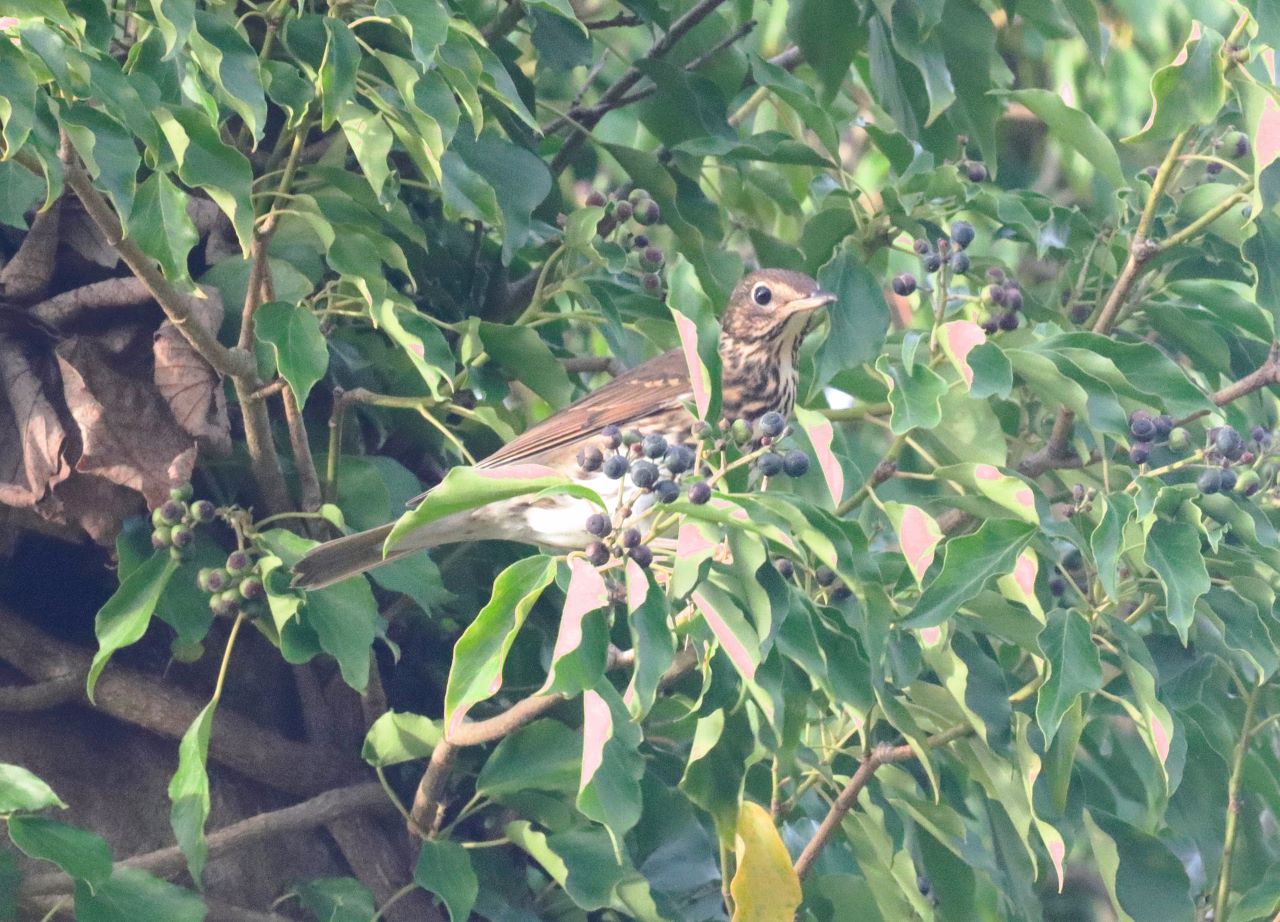
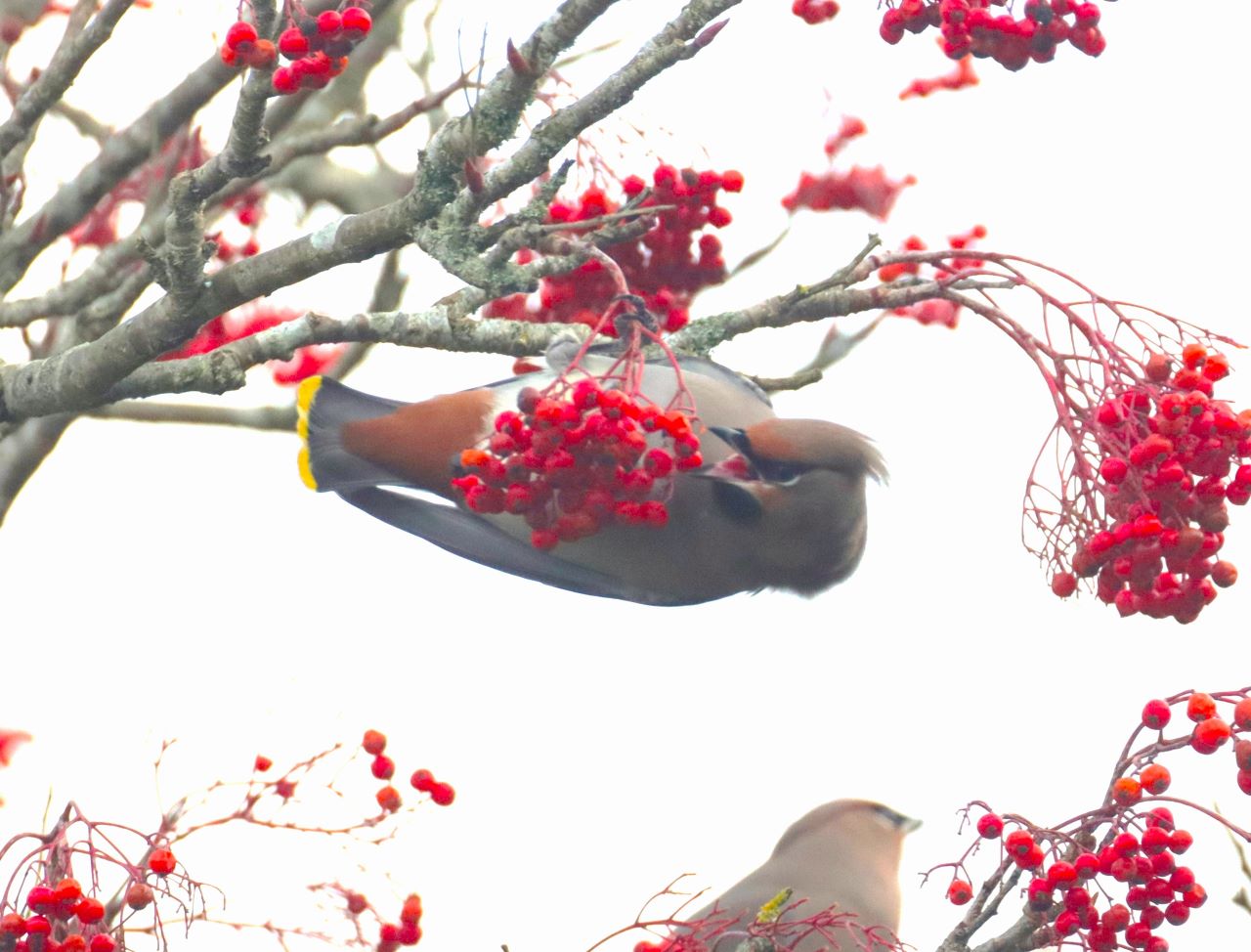



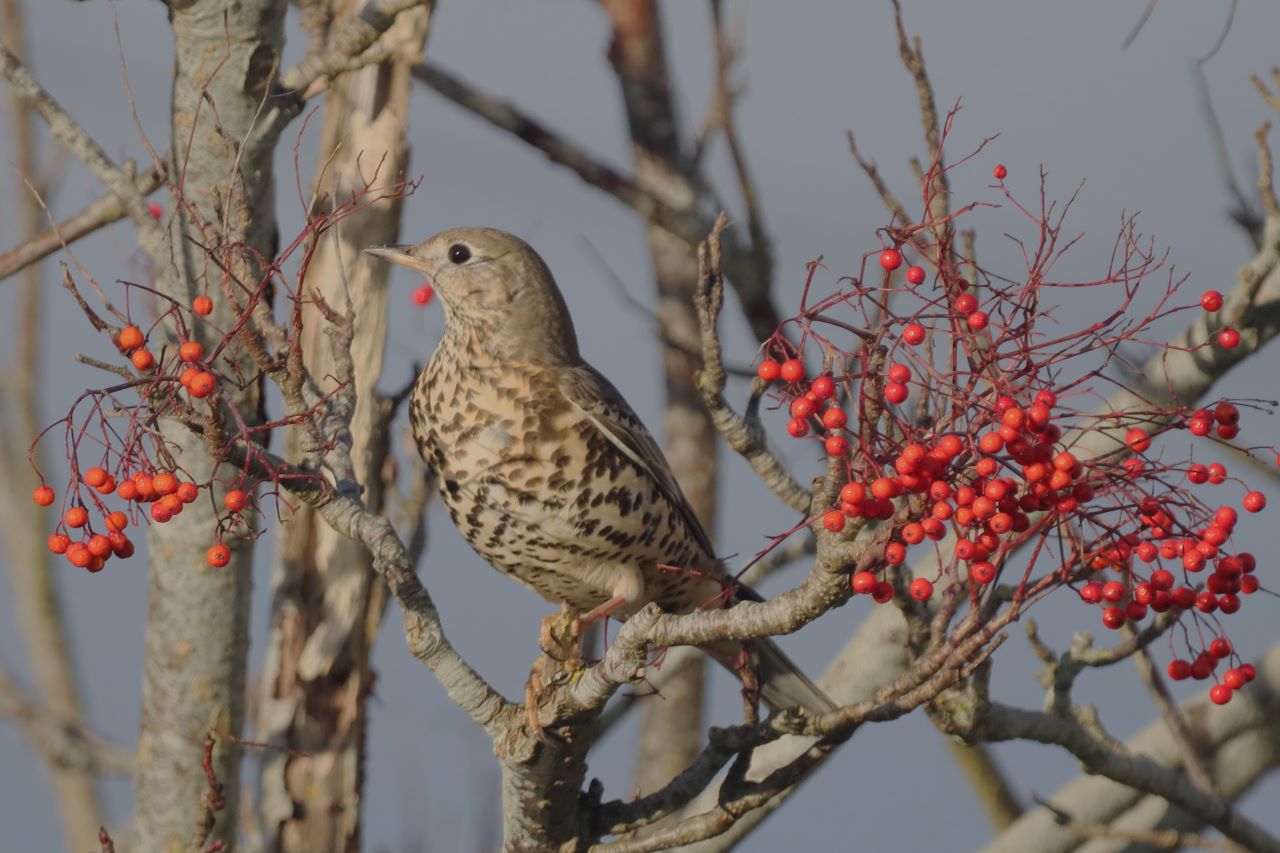
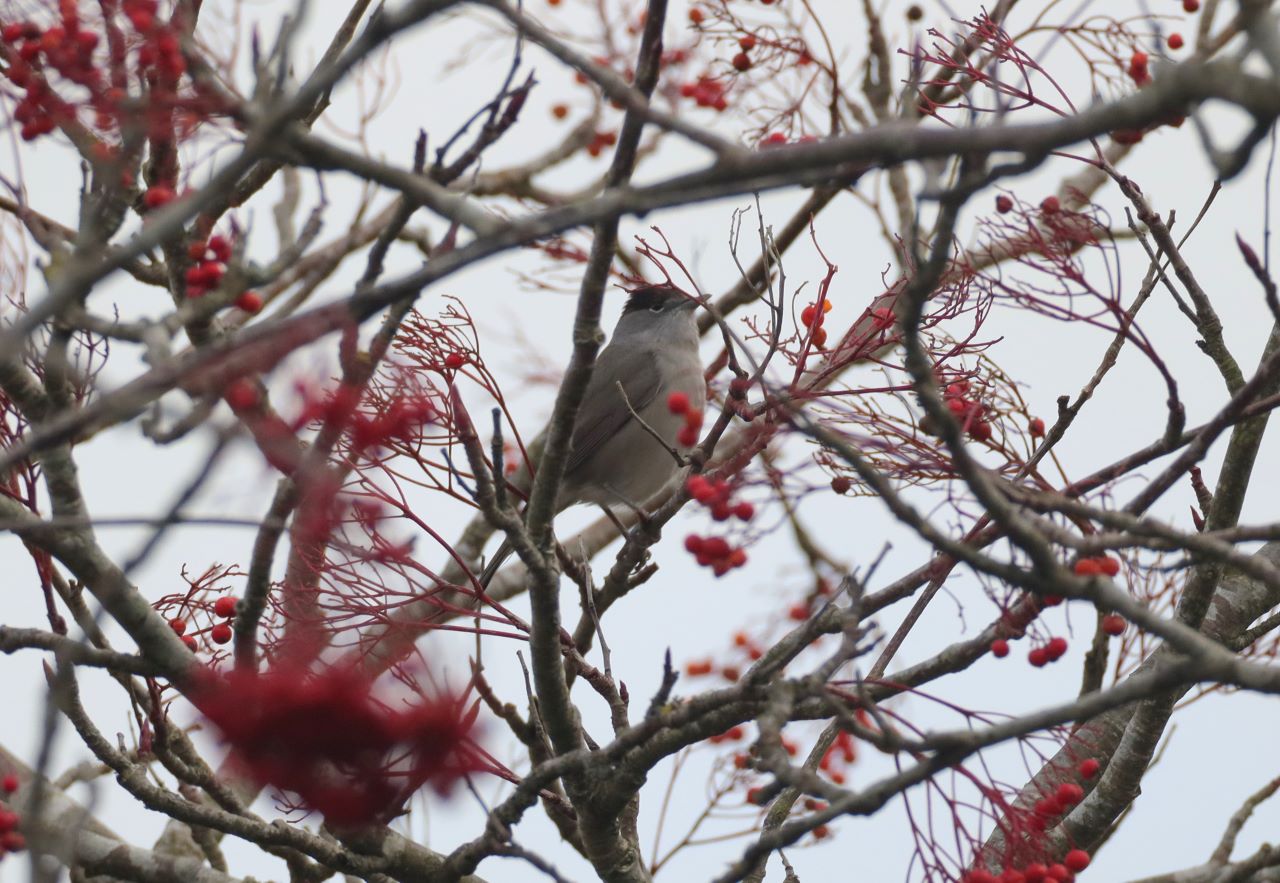
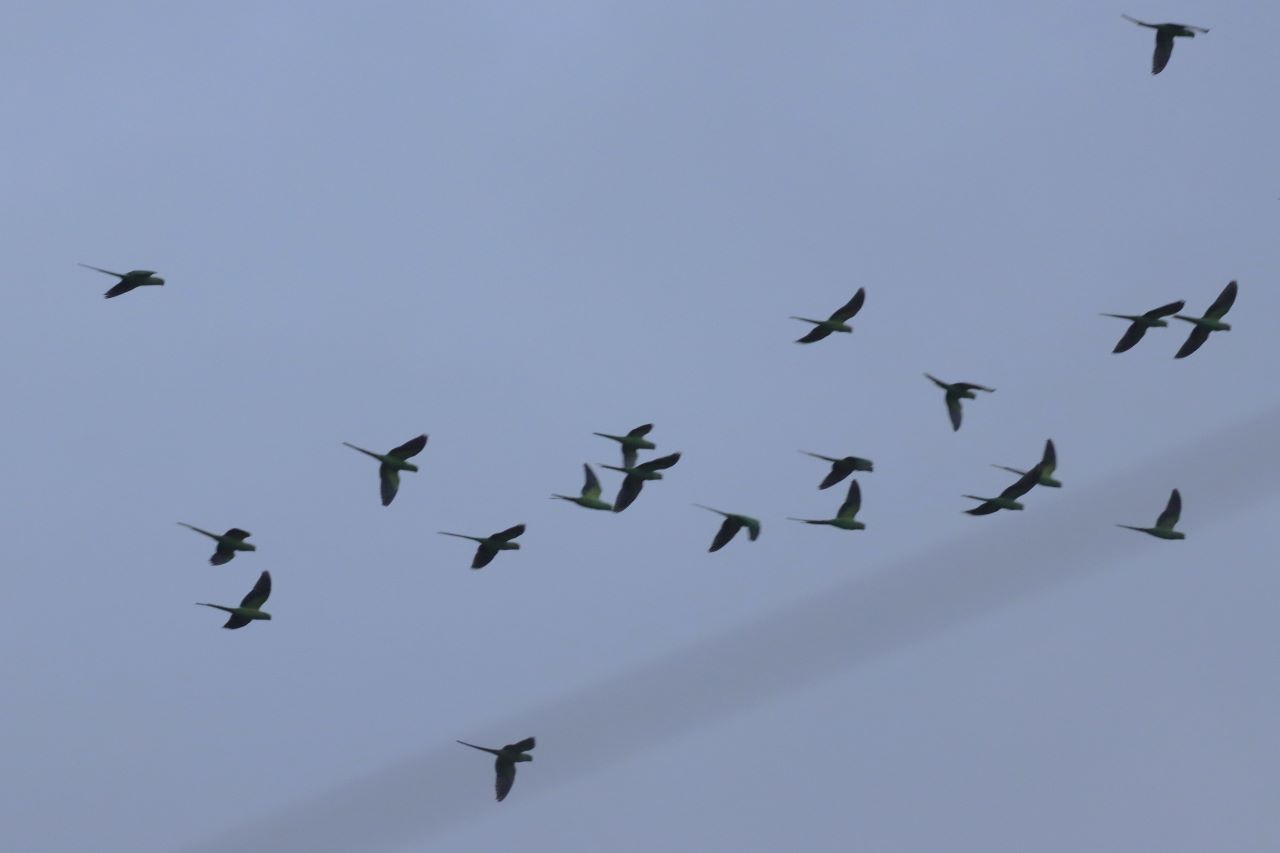
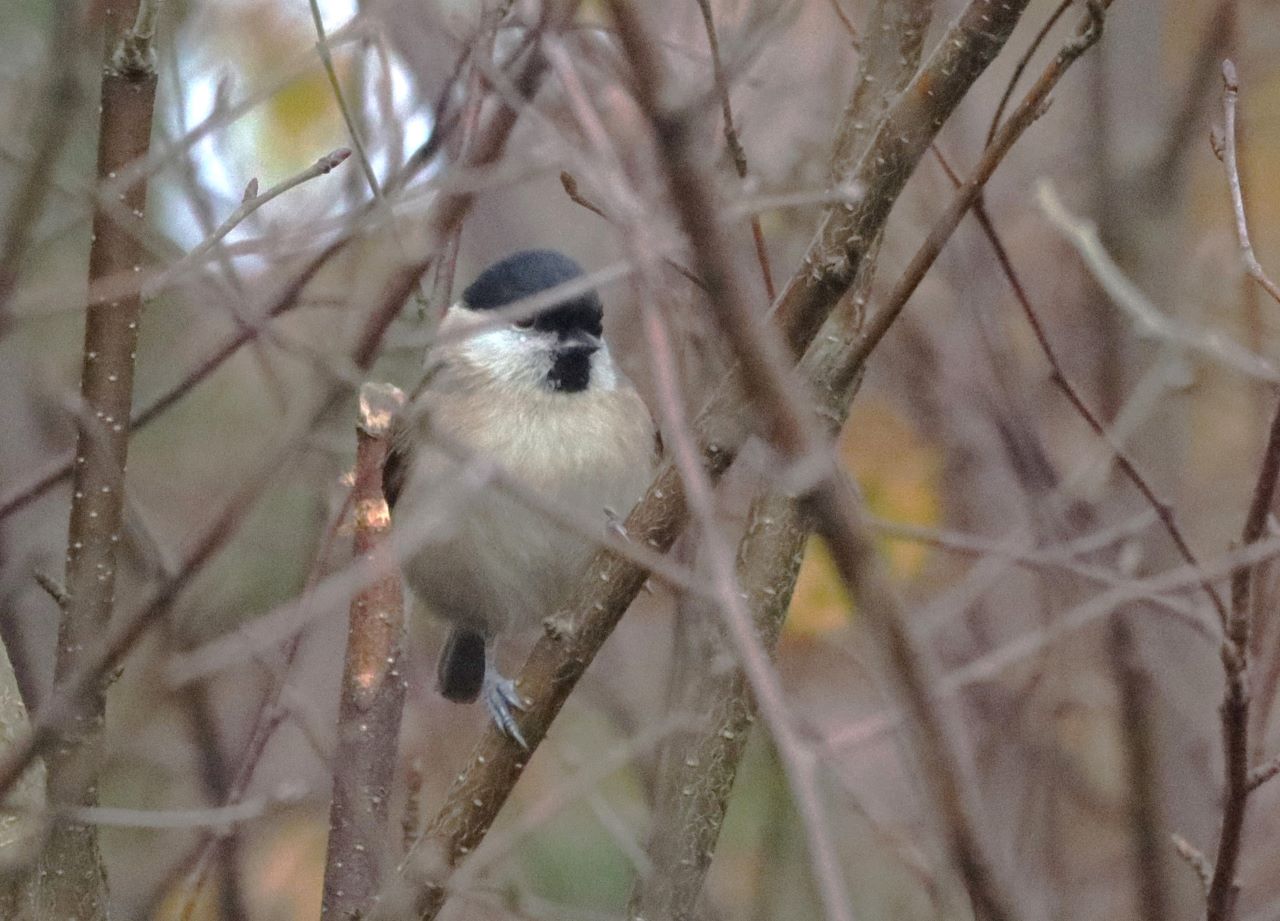

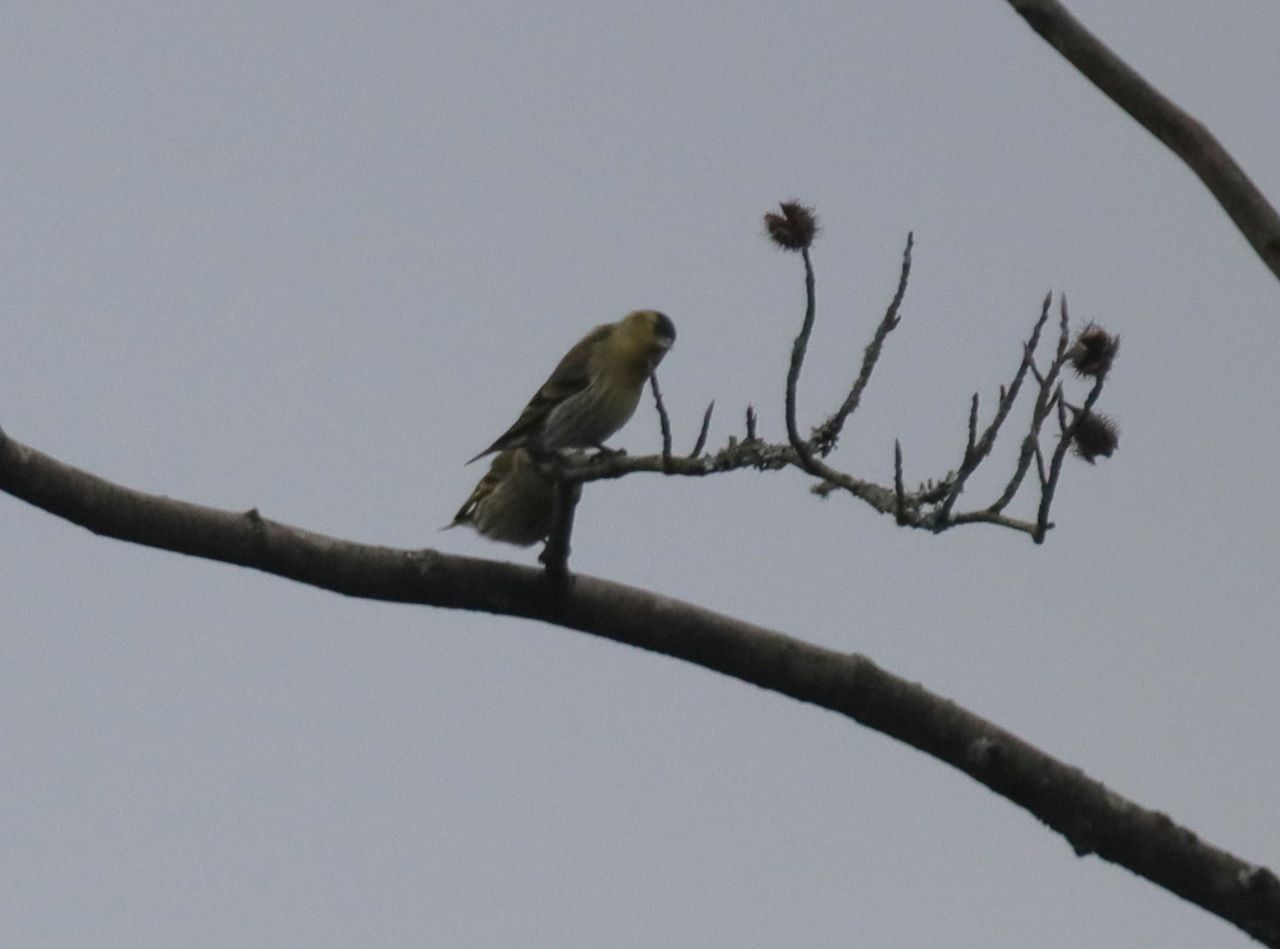
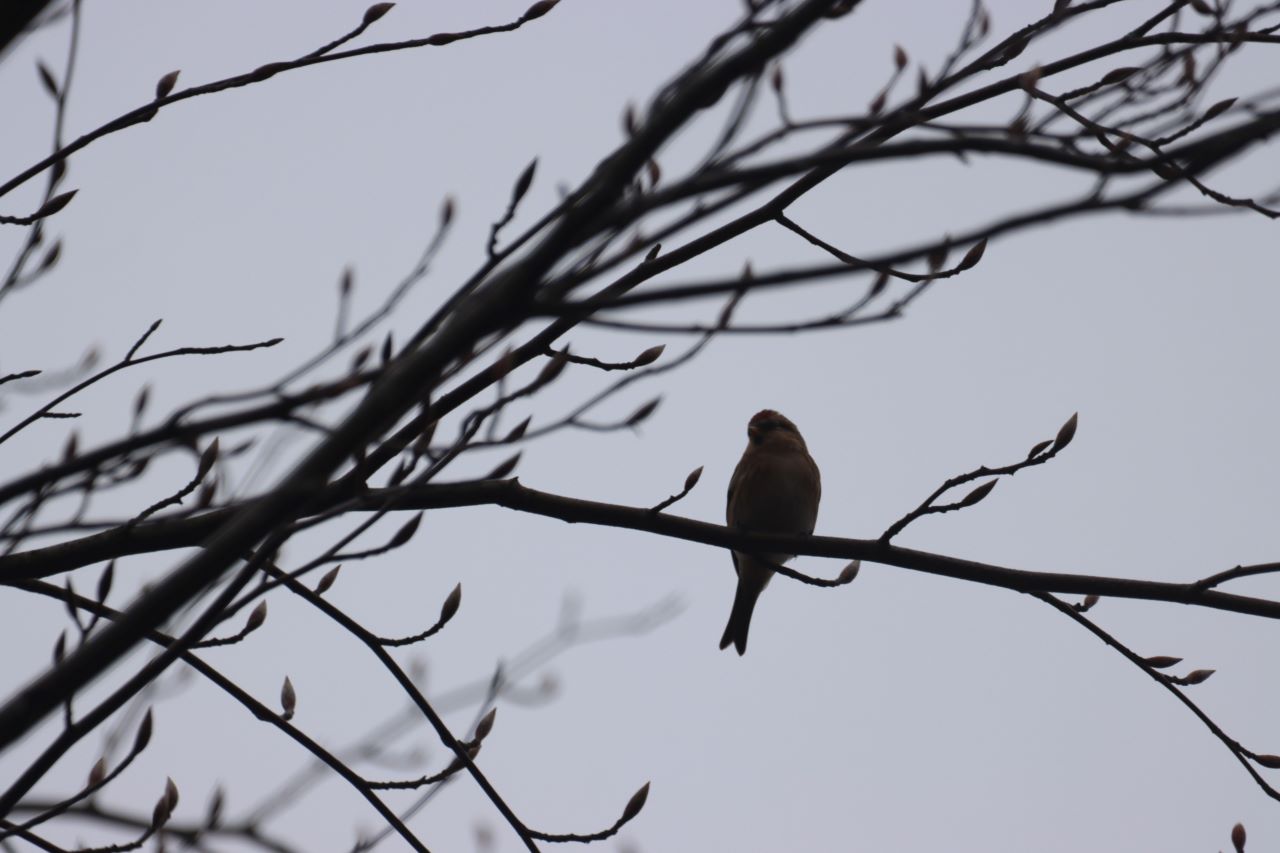
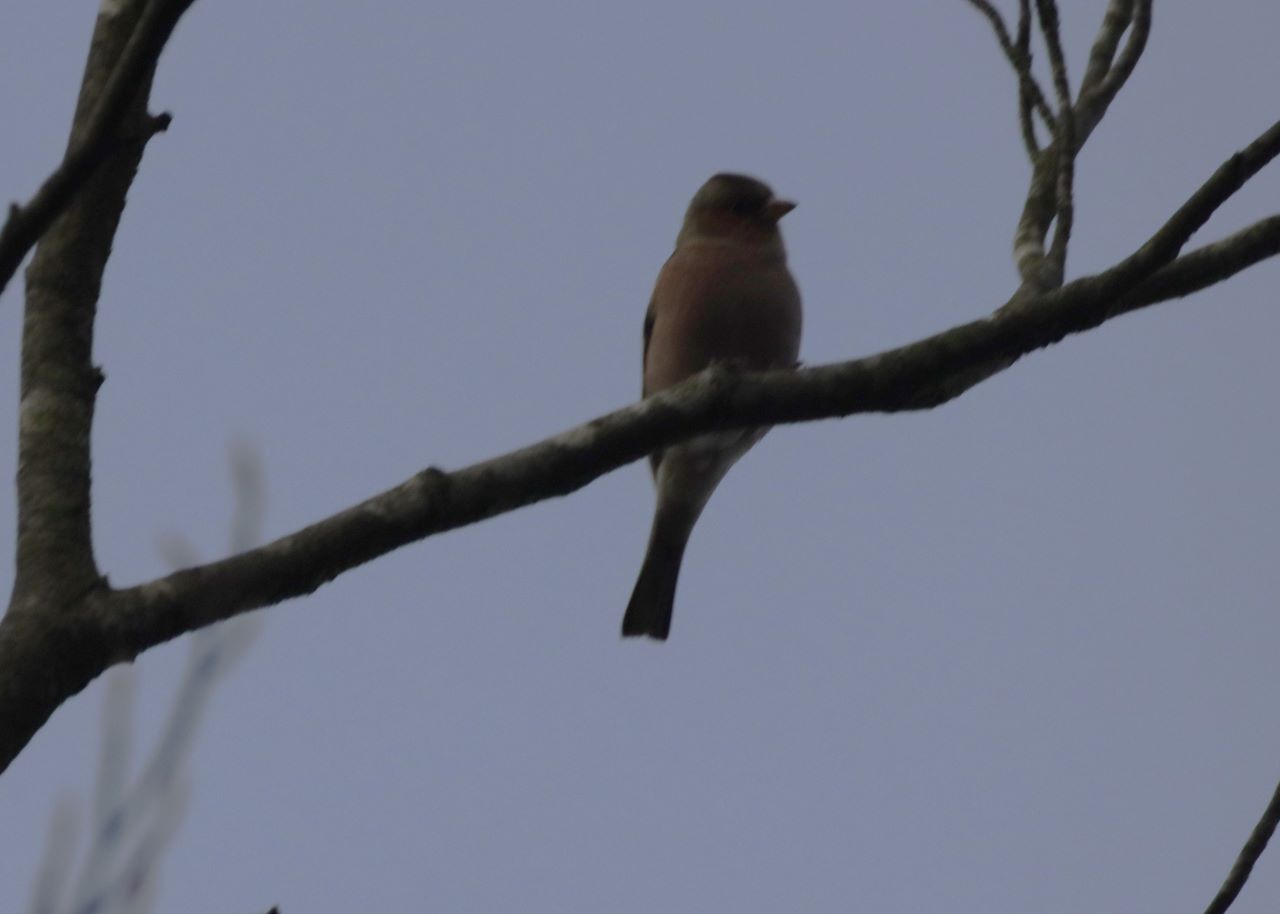






Recent Comments